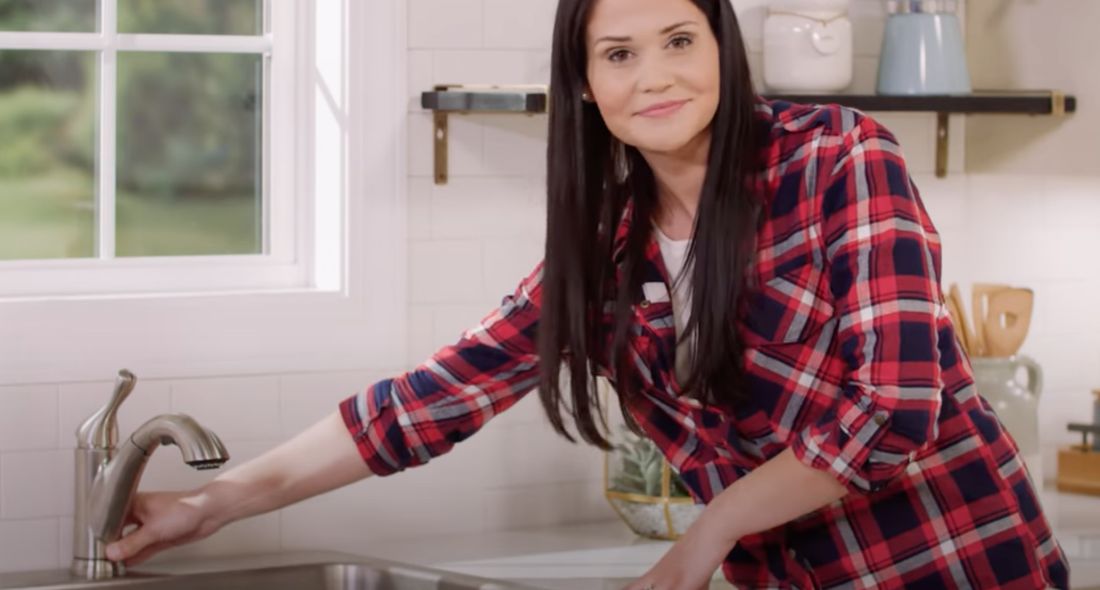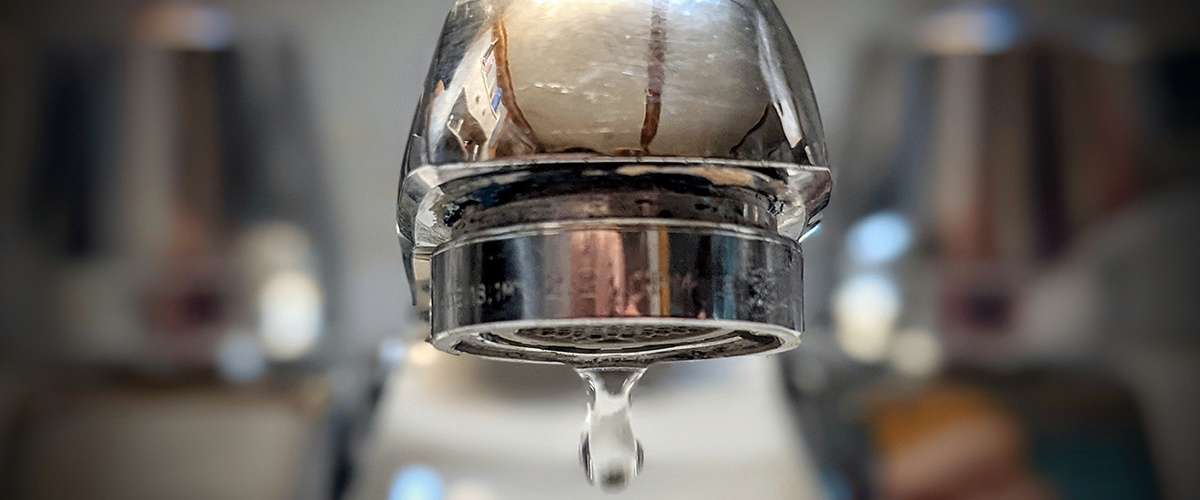Exploring the Relevance of Fixing a Broken Faucet
Visit LinkWe have discovered the article involving Why Are My Faucets Dripping (And Can I Fix It Myself)? directly below on the web and thought it made good sense to discuss it with you here.

Leaking faucets could look like a minor hassle, however their influence surpasses simply the aggravation of the audio. From drainage to sustaining unnecessary financial prices and health threats, overlooking a trickling faucet can result in various effects. In this short article, we'll delve into why it's essential to resolve this typical home concern immediately and efficiently.
Wastefulness of Water
Ecological Impact
Leaking taps contribute significantly to water wastefulness. According to the Environmental Protection Agency (EPA), a solitary faucet leaking at one drip per secondly can squander greater than 3,000 gallons of water each year. This not only stress water sources but likewise influences communities and wild animals depending on them.
Financial Prices
Enhanced Water Expenses
Past the ecological influence, trickling taps can blow up water bills substantially. The built up wastefulness in time translates right into higher utility expenses, which can have been stayed clear of with prompt repair services.
Prospective Building Damages
Furthermore, prolonged trickling can cause damage to components and surfaces surrounding the tap. Water accumulation can create discoloration, corrosion, and also architectural concerns if left neglected, leading to added repair expenses.
Wellness Concerns
Mold and Mold Development
The continuous presence of wetness from a leaking faucet produces a perfect setting for mold and mildew growth. These fungis not just endanger indoor air quality however additionally posture health risks, especially for individuals with breathing problems or allergic reactions.
Waterborne Conditions
Stationary water in trickling taps can come to be a breeding place for microorganisms and various other microorganisms, enhancing the risk of waterborne diseases. Contaminants such as Legionella microorganisms grow in stagnant water, possibly bring about severe diseases when ingested or breathed in.
DIY vs. Professional Fixing
Benefits and drawbacks of DIY Repair
While some might attempt to fix a trickling faucet themselves, do it yourself repair work feature their own collection of challenges. Without appropriate knowledge and tools, do it yourself efforts can intensify the issue or cause insufficient repair work, extending the trouble.
Benefits of Hiring an Expert Plumber
Working with an expert plumber guarantees that the underlying cause of the leaking faucet is resolved properly. Plumbing technicians have the proficiency and devices to diagnose and fix faucet problems successfully, conserving time and lessening the threat of additional damages.
Step-by-Step Guide to Dealing With a Dripping Tap
Tools Needed
Before trying to deal with a dripping tap, collect the necessary devices, including an adjustable wrench, screwdrivers, replacement components (such as washers or cartridges), and plumber's tape.
Typical Faucet Issues and Their Solutions
Determine the sort of faucet and the particular concern causing the drip. Usual problems include worn-out washing machines, rusty valve seats, or faulty O-rings. Refer to supplier instructions or online tutorials for detailed advice on repair work.
Safety nets
Regular Maintenance Tips
To prevent trickling taps, carry out routine upkeep such as cleansing aerators, evaluating for leakages, and changing worn-out parts immediately. In addition, think about setting up water-saving devices or updating to much more effective components.
Value of Prompt Fixes
Resolving leaking taps as soon as they're seen protects against more water wastage and possible damage, inevitably saving both water and cash over time.
Impact on Residential Or Commercial Property Value
Assumption of Well-Maintained Residential Or Commercial Property
Preserving a home in good condition, consisting of dealing with maintenance concerns like dripping taps, improves its perceived worth and charm among possible customers or occupants.
Impact on Resale Worth
Features with well-maintained plumbing fixtures, consisting of faucets, command greater resale values in the real estate market. Resolving dripping faucets can contribute to a favorable impression throughout residential property examinations and arrangements.
Environmental Obligation
Private Contribution to Conservation
Taking obligation for taking care of trickling faucets lines up with more comprehensive initiatives toward water preservation and ecological sustainability. Every person's activities collectively make a considerable impact on protecting valuable resources.
Sustainable Living Practices
By focusing on punctual repairs and adopting water-saving habits, people contribute to lasting living techniques that profit both existing and future generations.
Final thought
Dealing with a dripping faucet goes beyond plain convenience; it's a necessary step towards conserving water, reducing financial expenses, and guarding health and building. Whether through DIY repairs or expert help, doing something about it to fix dripping faucets is a tiny yet impactful way to advertise liable stewardship of resources and contribute to a much healthier, more sustainable future.
How to Fix a Leaky Faucet: Step-by-Step Repair Guide
A leaky faucet may seem like a simple annoyance, but if it's not fixed promptly, that leak could cost hundreds to potentially thousands. From water damage to mold, mildew, and high water bills, even a tiny leak can be catastrophic if left unattended. Damage like this can even affect the overall value of your home, so it's important to take the right approach for leaky faucet repair. You may need the help of a plumber in some cases, but we've got a few tips you can try on how to fix a leaky faucet before calling the pros.
Four Faucet Types
When you're learning how to fix a leaky faucet, the first step is knowing what kind of faucet you're working with! There are four common types.
Cartridge Faucets
Cartridge faucets come in one- or two-handled varieties. In one-handled cartridge faucets, hot and cold water combines in a single cartridge. In the two-handled versions, hot and cold water are controlled separately and mixed in the faucet.
Ball Faucets
Ball faucets have a single lever you push up and down to adjust the pressure and rotate to change the temperature. A slotted metal ball controls the amount of water allowed into the spout.
Compression Washer Faucets
They're the oldest type of faucet, but they're still used in many homes — especially older ones. Compression faucets have two separate handles that, when turned, raise or lower the washer that seals a water valve. This valve stops water from flowing through the faucet when it is turned off.
Disc Faucets
Disc faucets rarely need to be repaired due to their maintenance-free design. The water flow is controlled by two discs — the upper one raises and lowers against a fixed lower disc, creating a watertight seal. If your disc faucet starts leaking, you may need to replace the seals or clean residue buildup from the inlets.
Fixing a Leaky Faucet
Step 1: Turn Off the Water
Whether you're learning how to fix a leaky bathtub faucet or how to fix a leaky kitchen faucet, always turn off the water supply to your working area when you're fixing a leak. The last thing you want is a flood added to your list of things to fix.
Look for the shutoff valves below your sink or around the tub and turn them clockwise to stop the water flow. If your faucet doesn't have shutoff valves, you may need to turn off the water for the whole house. Check to make sure it's off by turning the faucet on. If nothing comes out, you're ready to start the repair.
Step 2: Take Apart the Faucet
How you disassemble your faucet depends on the type of fixture you have. You can use a flathead screwdriver to remove the caps on top of the handle or handles for cartridge and compression faucets. Inside, you should see handle screws. Unscrew these with a screwdriver to remove the handle.
Disc- and ball-style faucets will typically have an inlet screw near the handle, and removing that will reveal the interior of the faucet.
Detach the Valve Stem
For cartridge- and compression-style faucets, you'll see the inner valve stem or cartridge once you remove the faucet handles. If you have a compression faucet, unscrew the brass valve stem. If you have a cartridge faucet, pull out the cartridge. If your cartridge has been in place for a while, it may require some tools or extra force to remove it due to mineral deposits.
Examine and Replace Parts
Once you've removed the parts, check them out to confirm what needs to be replaced. You may see corroded rubber washers, O-rings, stems, or cartridges. On a ball-style faucet, check the seats and springs for damage.
If you need to repair a leaky disc faucet, check the inlet and seals on the lower disc.
Once you determine what parts must be replaced, visit your local hardware store. Bring the damaged parts with you to ensure you can purchase the correct components to replace them.
Clean Valves and Faucet Cavity
If you've removed a stem or cartridge, you may notice mineral buildup in the faucet's threads. Use white vinegar to clean the valve seat by soaking it for a few minutes, then scrub it away with a soft toothbrush and rinse with warm water. You can also clean the interior of the faucet in the same way.
Reassemble the Faucet
Once your faucet is cleaned and the required parts have been replaced, it's time to reassemble it. Put the pieces back together and slowly turn the water supply back on. Doing this slowly is crucial because too much initial water pressure can damage the new hardware you've just installed.
https://homewarranty.firstam.com/blog/how-to-fix-leaky-faucet

As a serious reader about 4 Common Reasons for a Leaky Faucet, I assumed sharing that excerpt was smart. Feel free to take a moment to distribute this blog post if you liked it. I treasure reading our article about Why Are My Faucets Dripping (And Can I Fix It Myself)?.